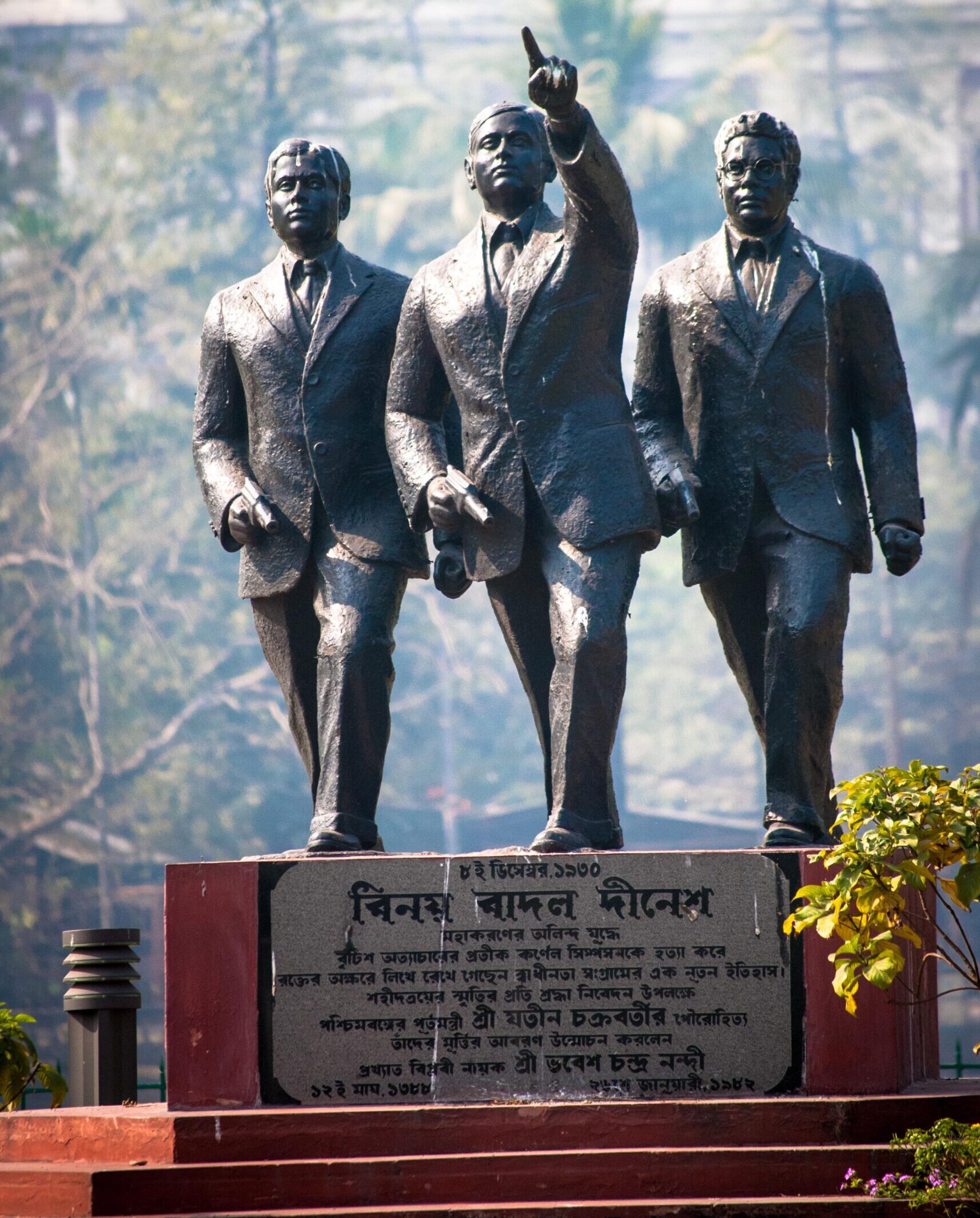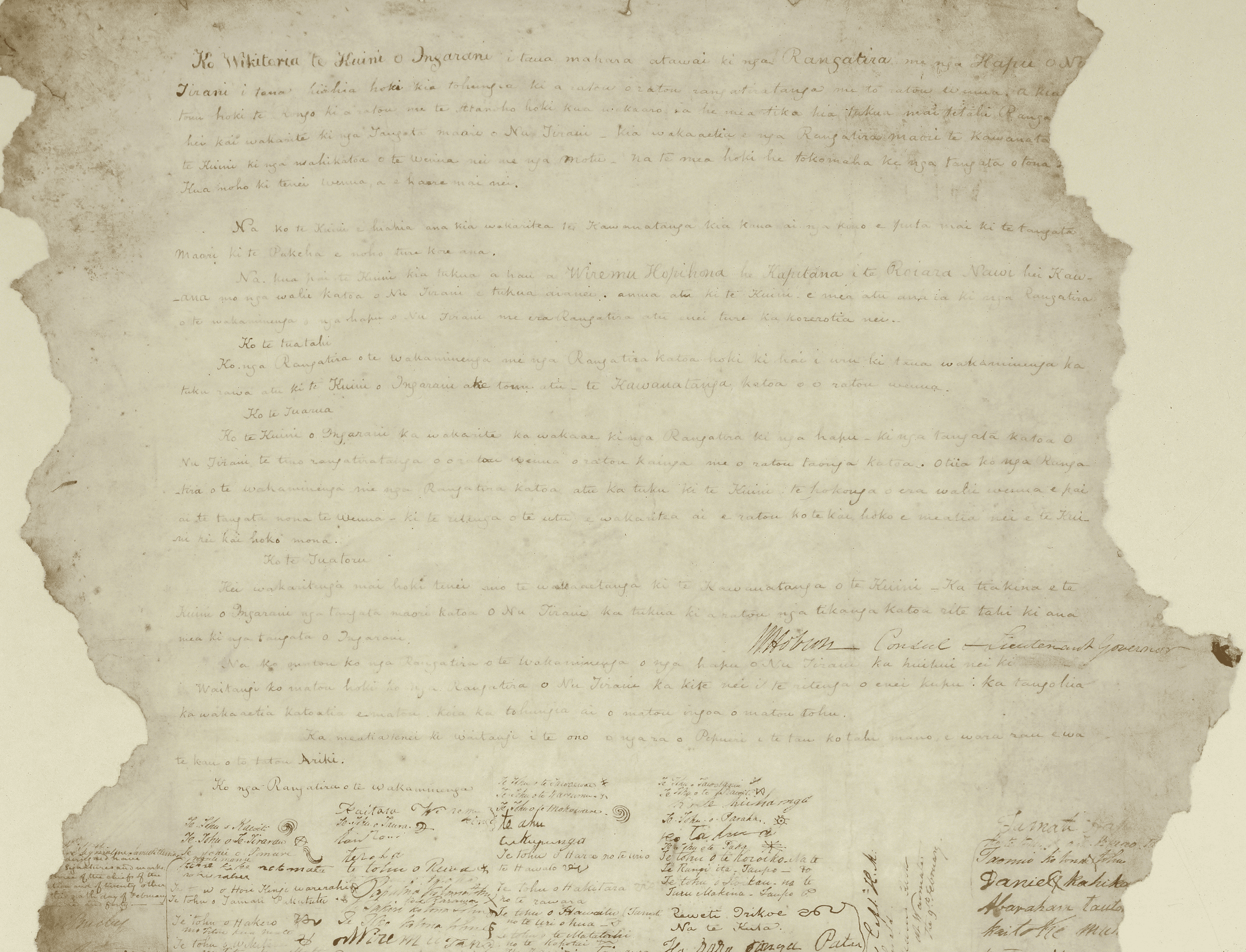Abortion has always been a great legal and social paradox: the most intimate of bodily experiences, yet subject to the most acute public scrutiny. Between 1973 (when Roe v. Wade was decided) and 2022, Americans had the constitutional right to an abortion, upending a century of restrictive laws in every state that punished women, their families, and their doctors in different combinations and to varying degrees.

In discussing and deciding abortion-related cases, judges and journalists have both shown a recent disregard for historical nuance. Dan Gaken/Flickr/CC BY 2.0
Yet this past June, the US Supreme Court delivered a new verdict on abortion law. The landmark case Dobbs v. Jackson Women’s Health Organization detonated nearly 50 years of Roe’s precedent and has rained down confusion on an already chaotic landscape of existing state-level abortion law and policy. As the decision read, “Held: The Constitution does not confer a right to an abortion.”
History as legal authority appears in the core evidence Justice Samuel Alito cited in his majority opinion. Dobbs, of course, is not the first time that historical scholarship has been applied in court. Major legal questions, including the right to same-sex marriage, gun rights, and gender equality cases, have relied on historians as experts. Similarly, in Dobbs, historians helpfully contributed an amicus curiae brief that distilled decades of scholarship for the court’s edification, but Alito summarily dismissed this work in the opinion, noting it provided “no persuasive answer” to the question of abortion as a constitutional right. Instead, he used the same kind of rationales that have appeared in the media and shaped our public discourse on abortion. Using only English legal history sources and case law, plus records of white male physicians and white male lawmakers, Alito concluded that these documents show that abortion has always been a crime and has never been common or a deeply rooted constitutional right. In the court’s estimation, the important men who advocated for the first abortion restrictions in the 19th century were never motivated by anything but a concern for life. Alito then cited the racial abuses of forced abortions and sterilization of Native American, Latinx, and Black women as justification for the other half of his argument—that feminists and abortion rights proponents in the 20th century had only racist and eugenic motives. Finally, he contended that returning the issue of abortion to the states to be voted on will restore it to its rightful place in the democratic process, magnanimously noting that women certainly have the ability to vote on the issue as they choose. Interestingly, he somehow failed to mention the fact that women didn’t have the right to vote when state legislatures first began making abortion law.
Historians including Leslie J. Reagan, James Mohr, Janet Farrell Brodie, Susan E. Klepp, and Linda Gordon have worked for decades to uncover the multifaceted origins of abortion law and the stories of the people impacted and punished. They have examined the historical concept of quickening and its legal meanings in the prosecution of historic abortion cases. They have illustrated with ample primary source evidence how the passage of abortion laws in the 19th century was rooted in a variety of motivations. Unlike the court’s assertion that these early laws were rooted solely in a sincerely held belief that abortion is murder, historians have shown that actually a variety of factors drove legislators and doctors to work together to make abortion illegal beginning in the 1820s. Rationales included white supremacy and nativism, a desire by the medical profession to eliminate their professional competition like midwives (who often performed abortions), and backlash against the century’s robust female reform movements. The simplicity of the court’s holding has elided much of that complex historical work, even as it has also wielded parts of it as a blunt cudgel to cut down rights in the present day. The court’s conclusion? There has never been an explicit constitutional right to terminate a pregnancy in the past; therefore, there shouldn’t be one now.
Expert historians helpfully contributed an amicus curiae brief that distilled decades of scholarship for the court’s edification, but Justice Alito summarily dismissed them.
The court and now some states have decided to use the existence of harsh abortion laws in the past as the basis for reinstating them. This kind of circular reasoning presents a strange paradigm in the making of new abortion law. But what happens when the history our lawmakers use to justify their rationales is (if we are aiming to be generous about their knowledge) incomplete?
Worse, what happens when those tasked with informing the public similarly propagate historical misconceptions based on simplistic or cherry-picked readings of sources? A Wall Street Journal editorial in the summer of 2022, for example, was titled “Yes, Susan B. Anthony Was Pro-Life.” Authored by two board members of the Anthony birthplace museum, the piece used selective evidence to claim that suffragists like Anthony openly lobbied for strict abortion laws in the 1870s and were on the record as antiabortion. Neither is true. There are no records from Anthony herself on abortion that we know of, and several articles about abortion (falsely attributed to her authorship) in her newspaper, the Revolution, actually make a much different case for reform. These editorials, which historians have determined were unlikely to have been written by Anthony or her co-editor Elizabeth Cady Stanton, instead argued that harsh abortion laws unfairly punished women and children and failed to deter the practice. The editorial’s message nonetheless boiled down to something like “feminists in the past didn’t like abortion, so we should stop equating it now with women’s rights!” The historical relationship between suffrage and reproductive rights is complex, but what is clear here is that history—at least some interpretation of it—is being employed as authority.
Other messaging in our public discussions of abortion has centered on the idea that women rarely sought abortions in the past and that modern women who do so today have been haplessly manipulated by a radical feminist movement. In 2019, journalist Cokie Roberts claimed on NPR’s Morning Edition that abortion was uncommon in the past when answering a listener’s question. She told the caller, “The history of [abortion] is as fraught as the politics. There are many articles by abortion rights proponents who claim the procedure was so common that newspapers advertised providers. Look, I did a search of 19th-century newspapers and couldn’t find them.”
Roberts was technically right about the newspapers. If you type the word “abortion” into a database of 19th-century newspapers and periodicals, you might not find much, except perhaps sensationalized reports on legal cases. These news stories frequently included gruesome accounts of botched surgical abortions that resulted in women’s deaths and rabid speculation about whether the doctor performing the abortion had sought to conceal the evidence.
Lawyers choose the evidence that best wins the argument, regardless of what it leaves out or disproportionately magnifies.
However, historians know to turn the page and look at the hundreds of advertisements selling “Female pills to regulate the menses” or announcing the opening of offices for a “Female Doctress. Treats Diseases of her Sex.” We know that the coded language used in these ads, like “mother’s friend” or “womb regulation,” reveals just how common it was for women to actively manage their menstrual cycles and induce abortions on their own using patent medicines, or with the help of an abortionist. Historians have also learned to read meaning in what others might dismiss as vague, inconsequential, or even absent—a passing reference to a miscarriage in a letter or diary, or a woman’s oblique reference to a mysterious pregnancy while enslaved or confined in a state-run institution. Legislative session texts or medical journals also have their own importance as primary documents, but good historical work on abortion actively questions whose records were important enough to save and interrogates the contexts of the people who made the records in the first place.
Antiabortion lawyers, judges, and legislators have thus far merely shrugged at historians’ urgings to consider what the sources actually tell us about the past or what the future might hold as far as the realities and impacts of harsh abortion laws. Their responses convey a dismissively glib rebuke: “this is how the law works.” One chooses the evidence that best wins the argument, regardless of what it leaves out or disproportionately magnifies. What matters in the end is what the statute says and less so the consequences for individuals’ lives or public health. The fatuous insistence on formalism and the elevation of “the law” above social context is disingenuous, however. When it comes to abortion laws, the men who made them in the past knew exactly what they were doing and it is no different today. In the meantime, part of the work of historians is to continue to expose the hypocrisy of their most ahistorical arguments.
Lauren MacIvor Thompson is an assistant professor of history and interdisciplinary studies at Kennesaw State University. She tweets @lmacthompson1.
This work is licensed under a Creative Commons Attribution-NonCommercial-NoDerivatives 4.0 International License. Attribution must provide author name, article title, Perspectives on History, date of publication, and a link to this page. This license applies only to the article, not to text or images used here by permission.


